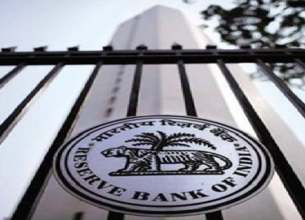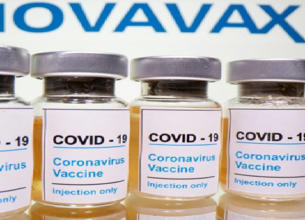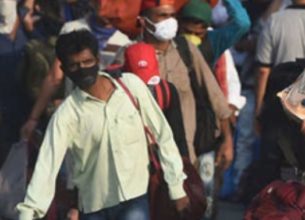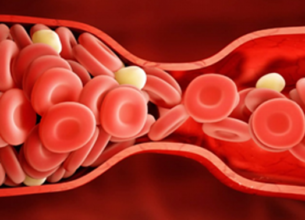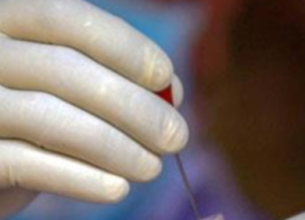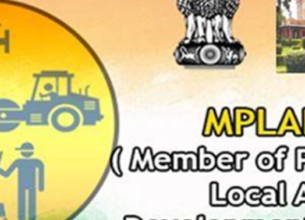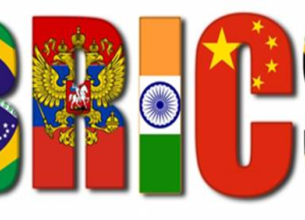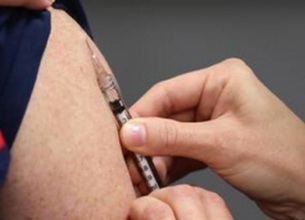SUCCESS OF A LOCAL SHUTDOWN: AGRA MODEL
13, Apr 2020
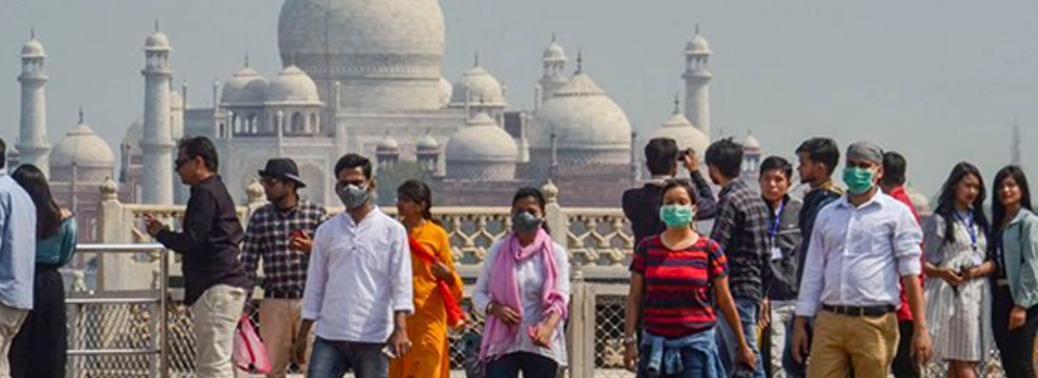
Prelims level : Disaster Management
Mains level : GS-II Government policies and interventions for development in various sectors and Issues Arising out of their Design and Implementation.
Why in News?
- The Centre showcased the Agra model at the daily COVID-19 briefing, and it is also being shared with other states as best practice.
Agra Model:
- Nearly 259 team were set up for screening purpose which covered about 100 homes per day; doctors sat at a nearby civil dispensary, and people who showed symptoms couldvisit them.
- Hotspot area was identified within radius of 3-km from the epicentre while a 5 km bufferzone was identified as the containment zone.
- Agra covered 1.63 lakh households in a few days, took about 1000 samples. A security guard was roped in to supply daily needs to the families.
- They utilise their existing Smart City Integrated with Command and Control Centre (ICCC) as war rooms.
- Under the cluster containment and outbreak containment plans, Agra identified epicentres, delineated impact of positive confirmed cases on the map and deployed a special task force as per the micro-plan made by the district administration.
- In these containment zones, urban primary health centres were roped in with 1,248 teams including ANMs/ASHA/AWW, reaching out to 9.3 lakh people through household screening.
- Agra was also the earliest reference to community transmission in an official statement.
Pathanamthitta (Kerala) Model:
- As a first step, Pathanamthitta district of Kerala sealed its borders. Unlike other parts of the country where only persons with travel history from abroad were being screened, it decided to do so for all entering the district, from overseas, other states or even districts, creating a database of the same. Details of those who entered the district from abroad and across the country since January were added to the database.
- In a first, it also decided to prepare route maps of the positive cases. A flow chart was publicised to help people see if they had been present at a stated travel path at a particular time.
- It launched a call centre from where enquiries were made twice daily to those under quarantine, regarding medical and non-medical requirements. A group of engineering
students designed a ‘Corona RM’ app, where the call centre counsellors would upload requirements of those under home quarantine.
- It then put in place geo-mapping of those under observation. With limited kits, they could test only 200 samples a day. So they chose categories like international travellers, interstate travellers, health workers, migrant workers, senior citizens under observation etc.
Bhilwara Model:
- Rajasthan’s Bhilwara was one of the early hotspots for COVID-19.
- The city was completely isolated with Section 144 CRPC being imposed.
- In the first phase, essential services were allowed; in the second phase, there was a totalshutdown with the city and district borders sealed and check posts set up at every entry and exit point. All trains, buses and cars were stopped.
- The District Magistrates of neighbouring districts too were asked to seal their borders. The containment zone is usually 3 km around the epicentre, and the buffer zone is 7 km.
- The containment and buffer zones were turned into ‘No-Movement’ zones and cluster mapping were done for COVID-19 cases.
- Through this, six areas were identified and special teams were deployed for continuous screening of suspected cases. The containment and buffer zones, all ambulances and police vehicles, the screening centre and quarantine centres, the Collectorate, Police Line and other public-dealing offices were disinfected on a daily basis.



